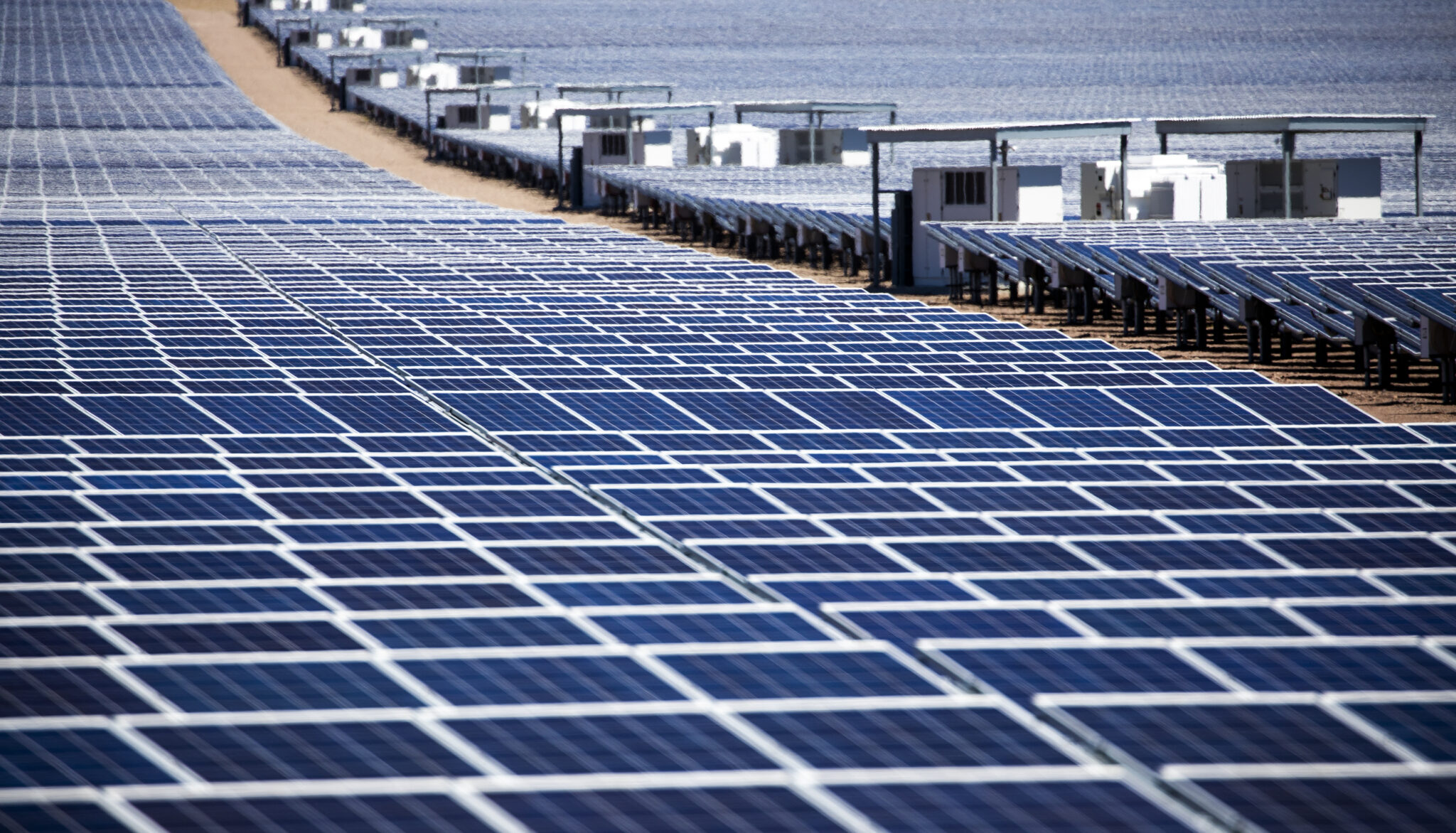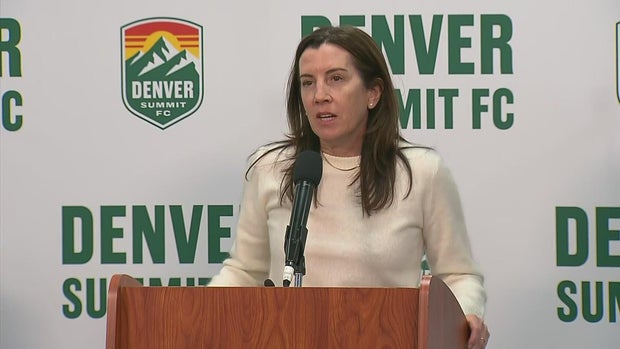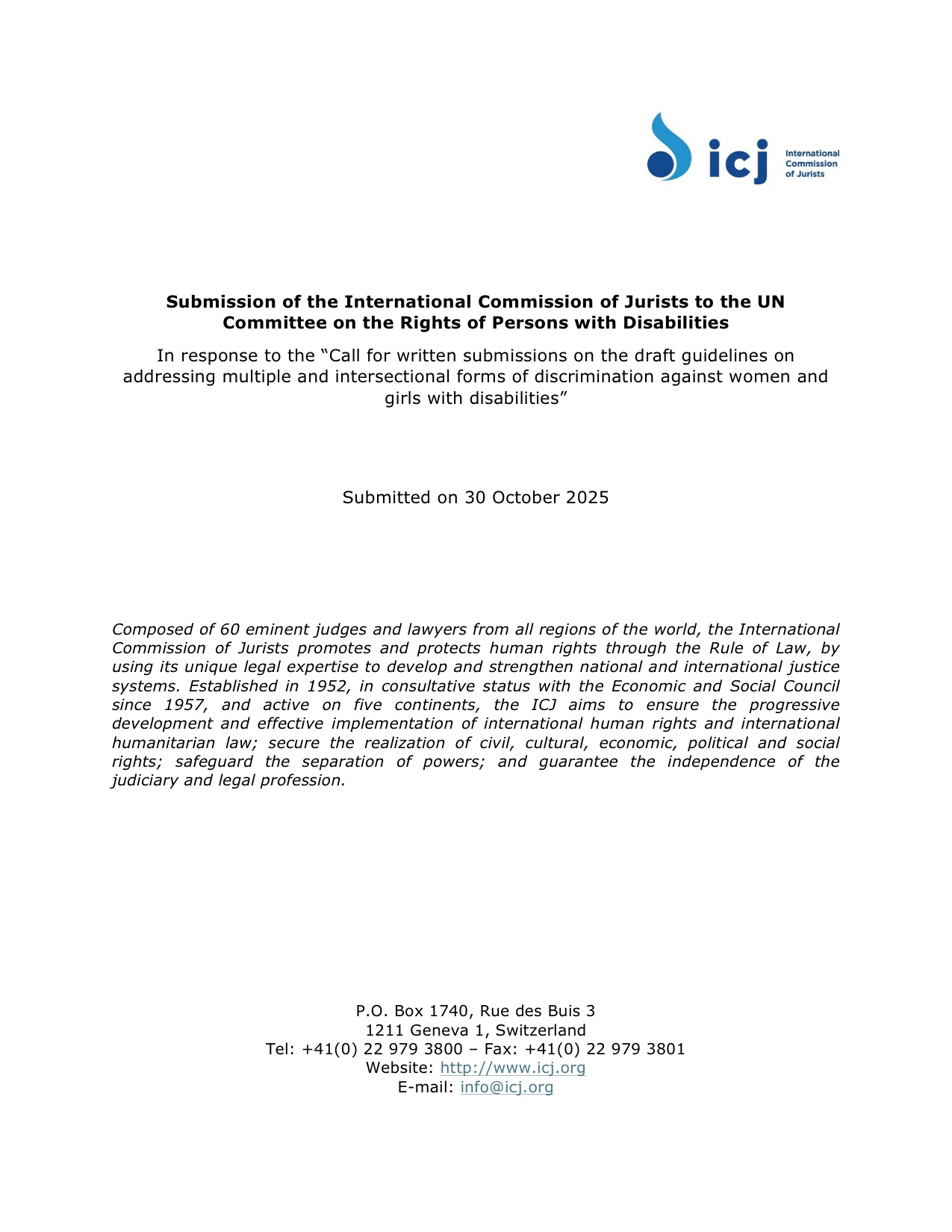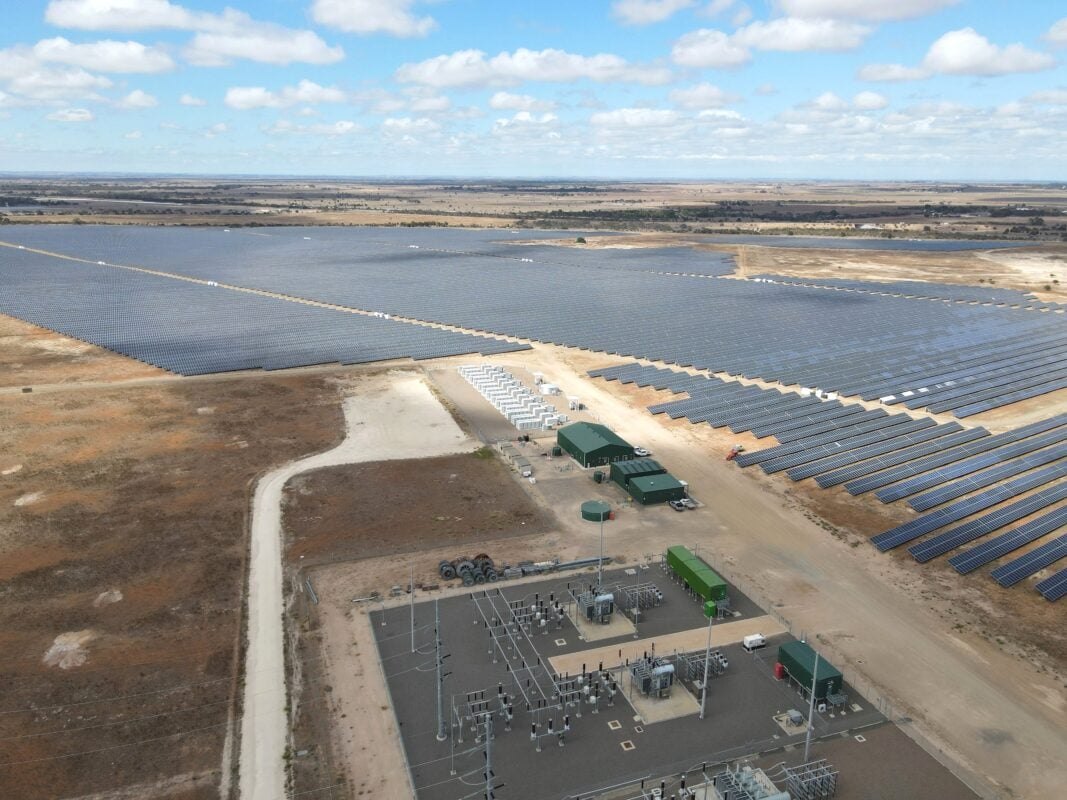NTPUD receives $500,000 Bureau of Reclamation grant for Smart Water Meters – Sierra Sun

Report on the North Tahoe Public Utility District Smart Water Meter Project
Introduction
The North Tahoe Public Utility District (NTPUD) is initiating a significant infrastructure upgrade, the Smart Water Meter Project, to enhance water management and promote sustainability across its service area. The project involves the replacement of over 2,500 end-of-life water meters in the communities of Kings Beach, Tahoe Vista, and Carnelian Bay. This initiative directly supports the achievement of several United Nations Sustainable Development Goals (SDGs) by modernizing essential infrastructure and fostering responsible resource consumption.
Project Funding and Strategic Partnerships
The project is facilitated through a strategic partnership, reflecting the principles of SDG 17 (Partnerships for the Goals). Key funding components include:
- A $500,000 federal grant from the U.S. Department of the Interior, Bureau of Reclamation’s WaterSMART (Sustain and Manage America’s Resources for Tomorrow) Program.
- Matching funds provided by the NTPUD’s Capital Improvement Program (CIP) budget.
This collaboration between a local utility and a federal agency underscores a shared commitment to advancing water sustainability and efficiency through targeted infrastructure investments.
Technological Modernization and Project Objectives
The core of the project is the replacement of the existing water metering system with advanced digital technology. This modernization aligns with SDG 9 (Industry, Innovation, and Infrastructure) by upgrading critical public infrastructure with resilient and sustainable technology.
Key Technological Features:
- Utilization of cellular networks for real-time data communication.
- An online dashboard and mobile application for customer access to water usage data.
- Automated notifications and alerts for leak detection.
Primary Objectives:
- To provide the District and its customers with the capacity for real-time analysis and management of water consumption.
- To enable early detection of water leaks, thereby minimizing water loss and potential property damage.
- To empower consumers with data-driven tools to monitor usage, encouraging conservation and reducing utility costs.
- To contribute to the District’s aggregate water conservation targets through incremental, customer-driven efficiency gains.
Implementation Timeline
The project builds upon a successful pilot program conducted in 2024, which validated the cellular network technology and smart meter connections. The full-scale implementation is scheduled to commence in August 2025 and will be executed in phases over the subsequent year.
Alignment with Sustainable Development Goals (SDGs)
The NTPUD Smart Water Meter Project makes direct and measurable contributions to the global 2030 Agenda for Sustainable Development. The initiative is particularly aligned with the following SDGs:
- SDG 6: Clean Water and Sanitation: By promoting water-use efficiency and enabling rapid leak detection, the project directly supports Target 6.4, which aims to substantially increase water-use efficiency across all sectors and ensure sustainable freshwater withdrawals.
- SDG 9: Industry, Innovation, and Infrastructure: The project represents a clear investment in developing reliable, sustainable, and resilient infrastructure (Target 9.1) by deploying modern smart technology to manage a critical resource.
- SDG 11: Sustainable Cities and Communities: The initiative enhances the sustainability of human settlements by improving the efficiency of municipal water management, a key component of creating inclusive and sustainable communities (Target 11.b).
- SDG 12: Responsible Consumption and Production: By providing consumers with detailed information and control over their water use, the project promotes sustainable consumption patterns and the efficient use of natural resources (Target 12.2).
- SDG 17: Partnerships for the Goals: The project’s funding model, which combines local and federal resources, is a prime example of the public-public partnerships (Target 17.17) necessary to mobilize and share technology and financial resources for achieving sustainable development.
1. Which SDGs are addressed or connected to the issues highlighted in the article?
The article on the North Tahoe Public Utility District (NTPUD) Smart Water Meter Project primarily addresses issues related to water management, infrastructure, and sustainable consumption. The following Sustainable Development Goals (SDGs) are connected to these themes:
-
SDG 6: Clean Water and Sanitation
This is the most relevant SDG. The project’s core purpose is to modernize water metering to improve water management, promote conservation, and ensure the sustainable use of water resources in the North Tahoe communities. The article states the project will help “manage water use in real time,” “detect leaks,” and contribute to “the District’s water conservation efforts.”
-
SDG 11: Sustainable Cities and Communities
The project involves a significant infrastructure upgrade for the communities of Kings Beach, Tahoe Vista, and Carnelian Bay. By replacing an “end-of-life water metering system” with “advanced technology,” the NTPUD is investing in resilient and sustainable infrastructure, which is a key component of creating sustainable communities.
-
SDG 12: Responsible Consumption and Production
The initiative empowers consumers to monitor and control their water usage. The article highlights that customers will have a new tool to “better manage their water use” through an “easy-to-understand online dashboard and mobile app.” This encourages more responsible consumption patterns by making users aware of their impact and enabling them to make “small changes” that contribute to overall conservation.
2. What specific targets under those SDGs can be identified based on the article’s content?
Based on the goals of the NTPUD project described in the article, the following specific SDG targets can be identified:
-
Target 6.4: By 2030, substantially increase water-use efficiency across all sectors and ensure sustainable withdrawals and supply of freshwater to address water scarcity.
The project directly aims to increase water-use efficiency. The article mentions that the new smart meters will allow the District and its customers to “analyze and manage water use in real time,” “catch leaks early,” and see the impact of conservation efforts. This directly contributes to using water more efficiently.
-
Target 11.b: By 2020, substantially increase the number of cities and human settlements adopting and implementing integrated policies and plans towards inclusion, resource efficiency, mitigation and adaptation to climate change, resilience to disasters.
The NTPUD Smart Water Meter Project is a clear implementation of a local plan (“the District’s Capital Improvement Program (CIP) budget”) aimed at increasing resource efficiency (water). It is funded by a federal program, the “Bureau of Reclamation WaterSMART,” which supports infrastructure improvements that “increase water sustainability and efficiency,” aligning with the goal of implementing integrated plans for resource management.
-
Target 12.2: By 2030, achieve the sustainable management and efficient use of natural resources.
The project focuses on the efficient use of water, a critical natural resource. By providing customers with tools to “track their water usage” and understand their consumption, the project promotes the sustainable management of water at both the utility and household levels, as emphasized by the statement that “small changes in water use, from each of our customers, add up to have a significant impact.”
3. Are there any indicators mentioned or implied in the article that can be used to measure progress towards the identified targets?
The article implies several ways to measure progress, which align with official or practical indicators for the identified targets:
-
For Target 6.4 (Increase water-use efficiency):
The article implies that progress can be measured by tracking changes in water consumption. The new system’s ability to “analyze and manage water use in real time” and “track their water usage” provides the direct data needed to calculate water-use efficiency. An implied indicator is the reduction in water loss from undetected leaks, as the system allows users to “catch leaks early.”
-
For Target 11.b (Implement integrated policies for resource efficiency):
The primary indicator mentioned is the project itself: the “full rollout of the program” to replace “more than 2,500 water meters.” The successful implementation of this project, funded by the District’s CIP and a federal grant, serves as a direct measure of the adoption of a policy for resource efficiency.
-
For Target 12.2 (Achieve sustainable management and efficient use of natural resources):
An implied indicator is the change in per-customer water consumption. The article suggests this can be tracked through the “online dashboard and mobile app.” The overall success of the “District’s water conservation efforts” can be measured by aggregating the data from all new smart meters, providing a clear indicator of progress towards more efficient use of water resources.
4. Table of SDGs, Targets, and Indicators
| SDGs | Targets | Indicators (Identified or Implied in the Article) |
|---|---|---|
| SDG 6: Clean Water and Sanitation | 6.4 Increase water-use efficiency and ensure sustainable withdrawals. |
|
| SDG 11: Sustainable Cities and Communities | 11.b Implement integrated policies and plans for resource efficiency. |
|
| SDG 12: Responsible Consumption and Production | 12.2 Achieve the sustainable management and efficient use of natural resources. |
|
Source: sierrasun.com

What is Your Reaction?
 Like
0
Like
0
 Dislike
0
Dislike
0
 Love
0
Love
0
 Funny
0
Funny
0
 Angry
0
Angry
0
 Sad
0
Sad
0
 Wow
0
Wow
0


















-1920w.png?#)






















;Resize=805#)




































